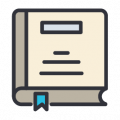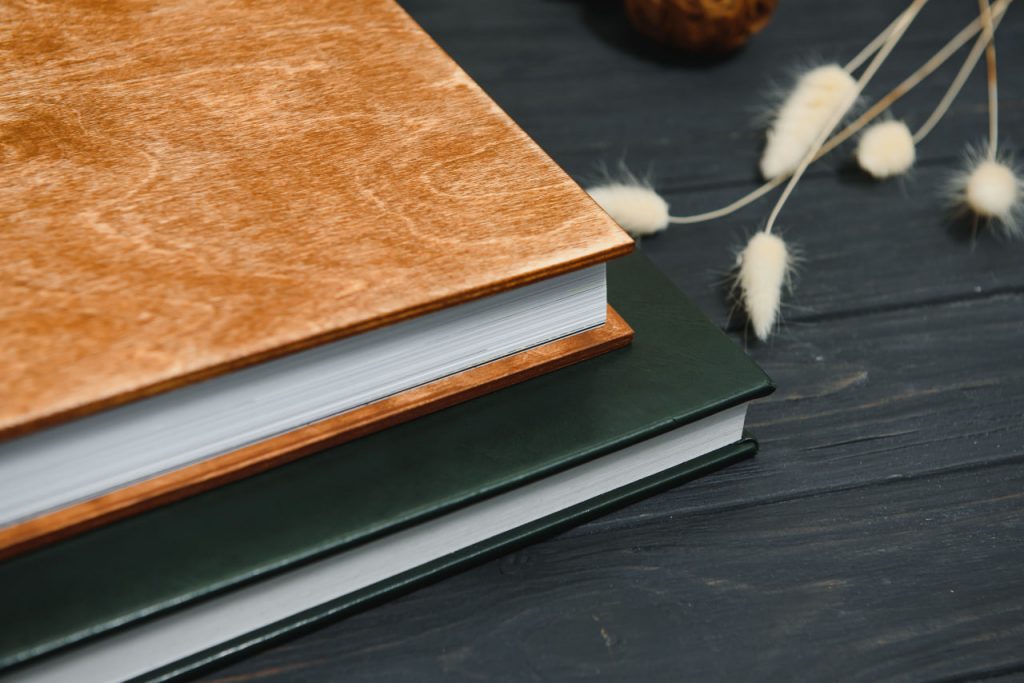Starting your journey into bookbinding doesn’t require a massive investment or a professional studio. With just a few basic tools, you can begin creating beautiful handmade books right from your home. Here’s a guide to the essential supplies that every beginner should have.
1. Bone Folder
This simple tool is key to achieving clean, crisp folds in your paper. Whether you’re folding signatures or smoothing down glued areas, the bone folder is a must-have for precise work.
2. Awl
An awl is used to punch holes through your signatures or covers before sewing. A sharp, sturdy awl makes sure your thread path is straight and clean — a big help when you want your stitches to look neat.
3. Needle and Waxed Thread
Bookbinding needles are typically longer and more durable than sewing needles. Waxed thread helps the needle glide smoothly through the holes and reduces tangling. Choose colors that match or contrast with your paper for a custom look.
4. Cutting Tools
A craft knife (like an X-Acto knife) and a self-healing cutting mat are essential for trimming paper and board accurately. Clean cuts make your book look polished and professional.
5. Ruler and Pencil
Precision matters in bookbinding. A metal ruler with a cork backing helps you measure and cut without slipping. Use a pencil for marking folds, holes, and cutting lines.
6. Glue and Brush
A good PVA glue is flexible when dry and perfect for bookbinding. Use a small brush or sponge to apply even coats when gluing covers, spines, or endpapers.
7. Book Press or Heavy Weights
While not essential, a book press helps flatten your book and gives it a strong, professional finish. If you don’t have one, you can stack heavy books or use clamps.
With just these tools, you’ll be well on your way to making your first handmade journal or notebook. As you grow in skill, you can experiment with more advanced techniques and materials — but the basics will always be the foundation of your bookbinding practice.

